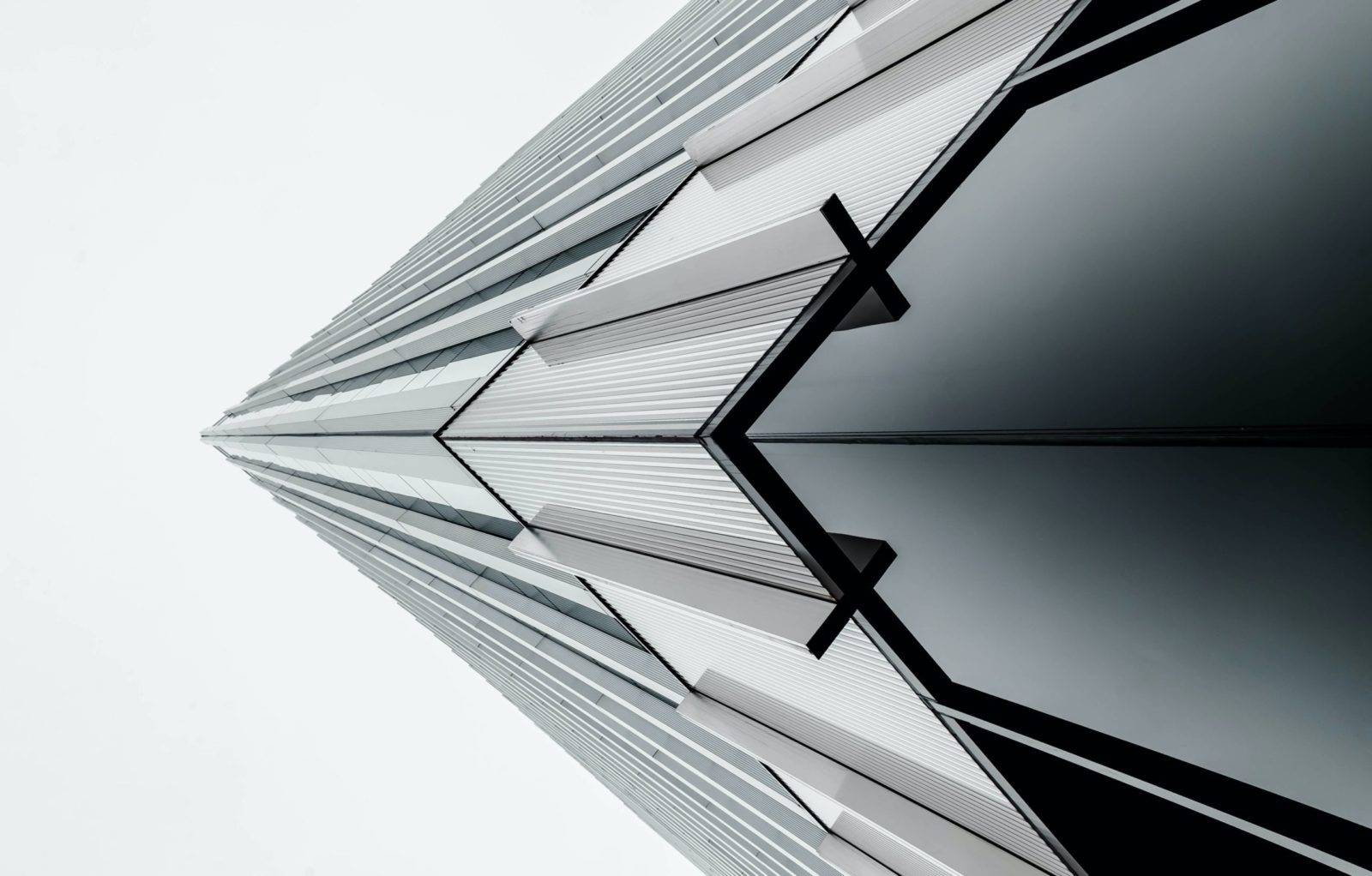The moisture on surfaces is one of the most common problems in any construction. However, this situation is easy to eradicate as long as an effective waterproofing system is in place in the construction process.
In this regard, this article answers some of the most frequently asked questions about waterproofing systems, including their types and advantages.
What is Waterproofing?
Waterproofing substances are made of resins, glass fibers, emulsions, polymers and other materials applied to a surface to prevent water or other liquids seep. You can obtain the waterproofing amount you need by dividing the total m2 of your area to be covered by the performance specified by the manufacturer.
Usually, they are used in the coating of ceilings, terraces, balconies, storage tanks, basements, cisterns, swimming pools, planters or foundations to eliminate leaks and isolate water or water vapor to keep surfaces dry.
Types of Waterproofing
There are different types of waterproofing, depending on the materials of its composition. Below are the main ones, with their characteristics, surfaces and application tools:
Acrylics or Liquids
Acrylic waterproofers are a mixture of polymers, pigments, powders, and various additives. Visually, they are very similar to exterior paint.
You need a sealer and an ixtle brush as tools for this type of waterproofing. The first covers the porosity of the surface to be waterproofed, the commercial sealant protects the cracks, and the brush guarantees a uniform application.
In cases where cracks are formed on the surface and significant structural movements, it is recommended to use a reinforcing fabric placed between each layer of waterproofing.
Asphalt
These are composed of asphalt dissolved in a solvent or emulsified with water, glass fibers, powders and hydrocarbon resins.
If the surface you are going to waterproof is in eventual contact with water, a waterproofing of this type is probably the best solution.
In asphalt waterproofing, you also need a sealer or primer, in addition to a sealer and an ixtle brush. The first covers the porosity of the surface to be waterproofed, the sealer protects the cracks, and the brush guarantees a uniform application.
Due to its color and nature, all asphalt waterproofing tends to degrade very quickly. The use of reflective paint or coating is recommended to avoid this, which (as its name implies) covers and reflects the sun’s rays, increasing the useful life of the waterproofing.
Cementitious
As its name suggests, they are made from cement; that is to say, of lime, silicates and iron oxide. This type of waterproofing is very resistant to the elements, goes well with temperate and cold climates, provides great durability and prevents the appearance of saltpeter. This whitish and cottony saline substance generally accumulates on the walls.
Essentially, this type of waterproofing is used in cisterns, dikes, water storage tanks or retaining walls. In cementitious waterproofing, you require:
- a chisel
- cementitious mortar
- epoxy injection adhesive
- a propeller drill and
- a plastic fiber brush.
The chisel is useful for preparing the cracks while the mortar fills them. The adhesive repairs concrete elements that have any damages, the drill is used to mix quickly, and the brush is the waterproofing application tool.
Prefabricated Mantles
They are waterproofing ready to apply using glue or heat (thermofusion). They can be asphalt, PVC or TPO in nature. These are formed using polymers obtained by combining two or more identical molecules.
The main characteristic of prefabricated waterproofing is its great waterproof capacity and resistance to contraction and expansion. The torch or heat (as the case may be) is essential to apply precast waterproofing. This is ideal for a surface with high traffic and exposure to UV rays.
Polyurethanes
Polyurethane waterproofers have enormous flexibility and excellent durability properties. They are made from polyurethane resins, either dissolved in water or 100% solid. The cost of a waterproofer can vary depending on the warranty it offers. The higher-priced ones usually have a more extensive warranty.
Advantages of Waterproofing
Below are the four main advantages of waterproofing to protect and extend the life of your surfaces:
- It protects and isolates your building from the rain.
- Reduces the internal temperature and creates more comfortable environments.
- It is used on a wide range of surfaces.
- They adapt to any waterproofing need.
If you’re planning to waterproof your commercial property and need personalized advice about which waterproofing system to choose, contact A-1 Tropic Painting & Waterproofing, specialists in painting and waterproofing. A-1 Tropic Painting & Waterproofing offers commercial waterproofing and painting services for South Florida and Central Florida high-rise buildings. For more information about commercial sealants and painting services and electrostatic painting, visit https://a-1tropic.com

